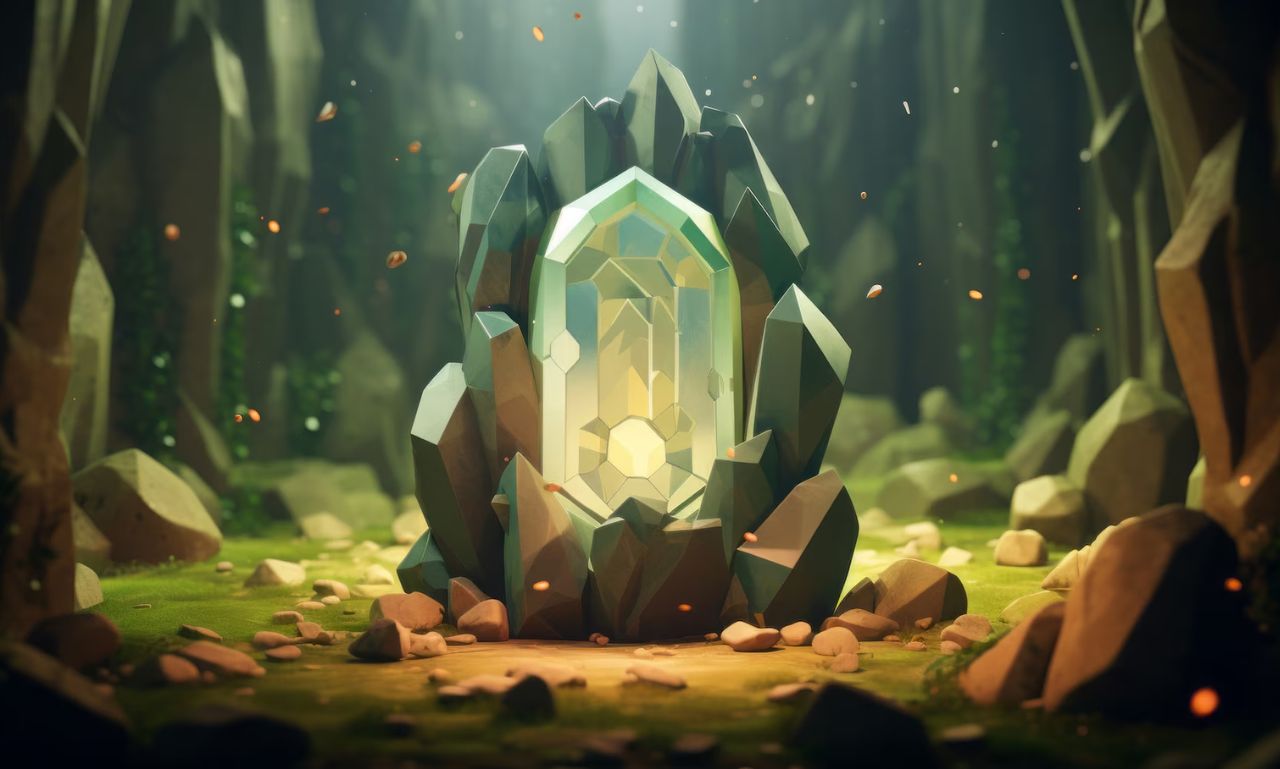Hidden beneath the dust of forgotten histories and long-buried scrolls lies the name Phaelariax Vylorn, whispered only in ancient tongues and forbidden libraries. This enigmatic being, often referred to as the Warden of the Crystal Epoch, has eluded both scholars and sorcerers for millennia. But what exactly is Phaelariax Vylorn? A god? A guardian? Or something far older?
In this deep dive, we explore the origins, mythology, influence, and lingering power of Phaelariax Vylorn—unraveling a story that spans across dimensions and realities.
The Origins: Birth from the Corelight Rift
According to ancient texts found in the ruins of Varnyx Hollow, Phaelariax Vylorn was born during the shattering of the Corelight Rift, a celestial event that occurred at the end of the First Aeon. This rift tore through the metaphysical boundaries separating the Astral and Material planes, releasing chaotic energy across the cosmos.
Out of this event, several primal beings emerged—but none as sentient or enduring as Phaelariax. The entity was not born of flesh or spirit but from crystalline consciousness, formed in the cold vacuum where light and memory intertwine.
Legends suggest that the name “Vylorn” comes from the root word vylreth, meaning “those who dream in silence.” It is believed that Phaelariax was the first being capable of dreaming a reality into existence, forging temporary worlds from thoughts and refracted time.
Role in the Crystal Epoch
The Crystal Epoch, spanning roughly 400,000 years in metaphysical time, was an era of radiant expansion, where knowledge, magic, and energy were in perfect alignment. Phaelariax Vylorn served as the Warden during this era, tasked with preserving the balance between creation and entropy.
The Mantle of the Warden
The Warden was not a ruler, but a cosmic curator, ensuring that no realm exceeded its bounds and no magic tore through dimensional fabric. Phaelariax’s influence was subtle, manifesting through crystalline obelisks known as Vylrites, which anchored reality and kept time from collapsing into chaos.
These Vylrites acted as beacons of balance, and their placement across galaxies became the signature of Phaelariax’s presence. Each shard pulsed with harmonic frequencies said to be echoes of the Warden’s heartbeat.
Appearance and Symbolism
Descriptions of Phaelariax Vylorn vary, often changing based on the observer’s intent and moral alignment. However, consistent elements include:
-
A multi-faceted crystalline form, constantly shifting between solid and spectral states.
-
Eyes like twin galaxies, each swirling with the memories of fallen civilizations.
-
Wings composed of light fractals, not for flight but for distortion of time and perception.
Scholars believe that Phaelariax intentionally appears differently to each observer as a method of protection. The true form, it is said, could fracture a mortal mind into pure stardust.
Symbolically, Phaelariax represents transcendence, reflection, and unshaped potential. The sigil most associated with the entity is an octagonal crystal surrounded by seven orbiting spheres, representing the seven known layers of creation.
The Silence of the Epoch’s End
The fall of the Crystal Epoch remains one of the greatest mysteries in ancient cosmic history. One moment, the Vylrites thrummed with harmony; the next, they shattered in a cascade of antimatter storms. Worlds unraveled. Stars blinked out.
At the center of it all, Phaelariax Vylorn vanished.
Many blame the Tearing of the Reflective Veil, a catastrophic event where the boundaries between dreams and reality collapsed. Others say that Phaelariax willingly stepped into The Unshaped Realm, sacrificing its existence to prevent the full collapse of the multiverse.
The last known message recorded in a surviving Vylrite reads only:
“To remember is to rebuild. To forget is to begin again.”
Influence Across Cultures and Planes
Despite their disappearance, Phaelariax’s legend persists across countless cultures:
1. The Starforged Chronicles (Orion Belt)
Here, Phaelariax is worshipped as Vaeloran the Lightmind, a patron of visionary architects and dimensional engineers.
2. The Frostbound Echoes (Dimension Vreyra)
Depicted as a mourning deity, Phaelariax appears in the sky as a frozen aurora each solstice—believed to guard the dreams of the dying.
3. The Etherborne Codex (Arcane Plane Thirithar)
Here, Phaelariax is not a being but a theorem—a principle of balance used in high-level spellcasting to prevent magical feedback loops.
These cross-cultural reflections suggest that while Phaelariax may no longer exist in a traditional sense, its essence endures as a metaphysical archetype.
Phaelariax in Modern Fantasy and Pop Culture
With the recent surge in multiverse-based fantasy and metaphysical horror, Phaelariax Vylorn has become a popular figure in speculative fiction. Indie RPGs, novels, and even graphic novels have included versions of the Warden as a central mystery or antagonist.
In particular:
-
“Echoes of the Vylrite”, a bestselling novel series, features Phaelariax as a dormant deity manipulated by time-traveling cults.
-
The tabletop RPG “Etherspiral” includes Phaelariax as a hidden boss whose awakening alters the game world permanently.
-
The graphic novel “Shards of the Forgotten Light” presents Phaelariax as a sentient dream that infects minds through starlight.
These modern reinterpretations continue to feed the myth, ensuring the name Phaelariax Vylorn remains etched in cosmic imagination.
Could Phaelariax Return?
While theories abound, the return of Phaelariax Vylorn is the subject of heated debate in metaphysical academic circles (both in-universe and among fans of the mythos). Some theorize that the seven orbiting spheres in the Warden’s sigil have begun to realign—an omen known as the Crystalline Convergence.
If Phaelariax were to return, scholars predict that the very rules of reality would bend in response. Creation would experience a Second Crystalline Alignment, potentially leading to a new era of clarity—or calamity.
Conclusion: The Eternal Question of Phaelariax Vylorn
Phaelariax Vylorn represents more than a myth. It is the personification of lost knowledge, balance beyond perception, and the cost of unchecked creation. Whether god, guardian, or concept, the story of Phaelariax invites us to consider the fragile threads that hold reality together.










